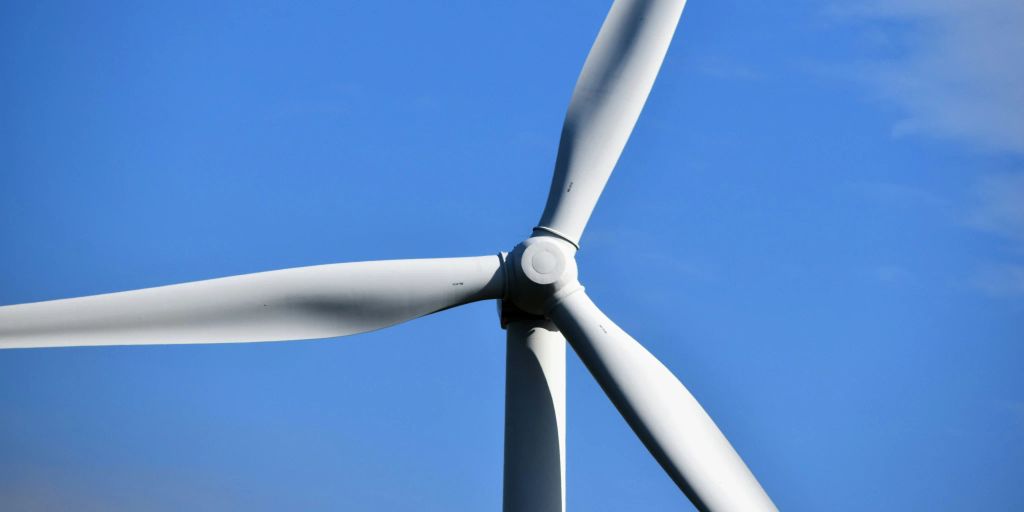Worldwide, the share of wind energy is expected to quadruple from five percent (in 2019) by 2030. Wind energy is also expected to contribute to this in Switzerland.
The basics in a nutshell
- Wind energy is expected to quadruple worldwide by 2030.
- Switzerland lags far behind in international comparison.
- At the FAEL Fall Symposium, experts discussed aspects and solutions of wind energy.
At the Department of Electronics and Computer Science’s 18th Fall Symposium on November 21, 2023, experienced speakers discussed various aspects of wind energy.
Switzerland uses only ten percent of the world’s usual amount of wind energy per person. This is the summary of the presentation on the topic “Wind: Energy for All” by Reto Regasi from the Swiss Wind Energy Association.
This is a missed opportunity because security of supply is an issue, especially in the winter. In contrast to photovoltaics, wind energy provides two-thirds of its annual volume, especially in the winter months. Hub heights of up to 160 meters will also allow wind energy to be used in Maitland, says Reto Regasi.
Swiss technology: through the jungle of regulations
The approval process for building wind turbines can take up to 24 years. Political scientist Jonas Schmid (University of Bern) explains why this cannot be done faster and where the path leads across a wide range of regulations: Due to the numerous procedural stages, the approval process takes 15 years on average. In fact, depending on the project and different circumstances, it may take up to 24 years.
Opponents of wind turbines are seeking advisory votes to exert political pressure. These consultative votes clarify whether projects should be pursued or not. It is not legally binding and cannot be appealed.
However, the social acceptability of binding votes is much higher. There is also a great deal of heterogeneity: due to procedural complexity, the interpretation of municipal autonomy is a cantonal matter.
SWISS TECHNOLOGY: This wind turbine is quiet, environmentally friendly and bird-friendly
Megawatt vertical axis wind turbines, also called vertical wind turbines, are almost silent and blend perfectly into the environment. They also pose less risk to birds and bats, according to Patrick Richter of Agile Wind Power AG.
how is that possible? Central to this concept is so-called real-time rotor blade pitch control, which continuously optimizes the position of each individual rotor blade as it rotates. This achieves higher efficiency than traditional wind turbines.
By constantly adjusting the angle of attack of each individual rotor blade, stalling is prevented. This means that the turbine can be used at low speeds even when there is little wind.
Multi-rotor technology offers an interesting alternative to traditional wind generators. “It increases the sail area without exposing the rotor blades to excessive forces,” says Urs Giger (GGS GmbH).
Swiss technology: “WeDoWind” network.
Sarah Barber from the Eastern Swiss University of Applied Sciences emphasizes the importance of digital transformation in the field of wind energy. Vast amounts of measured value data make it possible to reduce wind energy costs and encourage innovation.
Since there are no suitable platforms because stakeholders are still withholding their data, the “WeDoWind” network was created. This creates a win-win situation as asset owners, researchers and developers are brought together who can use critical data for development.

“Certified tv guru. Reader. Professional writer. Avid introvert. Extreme pop culture buff.”







More Stories
Pitch: €56m for energy startup Reverion
Plastoplan: Plastics for Energy Transition
Canon Launches Arizona 1300 Series with FLXflow Technology